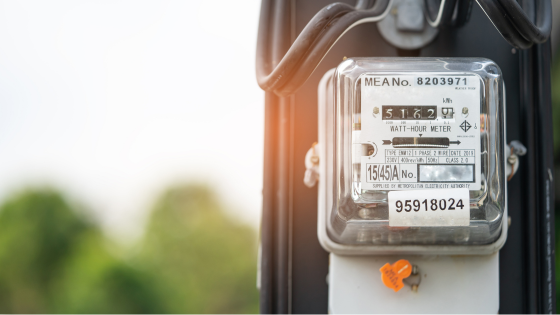Recent findings from the yearly State of Energy Management survey indicate that 19% of respondents struggle with identifying the right technologies for their energy management needs. To address some of those struggles, we have invited IoT infrastructure firm EpiSensor to provide some insights based on their 15 years of experience researching, designing, and manufacturing IoT solutions for energy management.
In this article, we aim to demystify the technology selection process by outlining the 10 key considerations when choosing energy monitoring hardware.
Technology Selection Considerations
1. Wireless vs. Wired Systems
Traditional wired systems, while reliable, can be problematic to install and maintain. The extensive cabling required makes the installation process labour-intensive and costly and also introduces a level of inflexibility for future alterations. On the contrary, wireless systems are much simpler and quicker to deploy, and easy to supplement without major infrastructure changes.
2. Installation and Expertise
Consider systems designed for straightforward installation by qualified electricians, as opposed to technology that requires specialist training (as many traditional systems do). Going a step further, we recommend choosing a system that is pre-calibrated and has Current Transformers (CTs) already installed for ease of commissioning and to reduce safety risks on site. By choosing rapid-install, complete infrastructure, programmes can be delivered quicker and more efficiently.
3. Accuracy of Data
Precision in data collection is vital, especially when aiming to reduce energy usage by marginal percentages. Many metering systems available on the market monitor only current at low sample rates, leading to ‘ballpark’ power consumption figures that could deviate by up to 50% from utility meter data. Similarly, some systems estimate voltage and power factors based on a single location’s data, which might be adequate for reviewing power consumption trends but fall short for commercial energy management projects. We recommend opting for IoT solutions with proven accuracy, e.g. Class 0.5S accuracy.
4. Data Security
Ensuring the security and privacy of data produced by your energy monitoring hardware is essential. Aged wireless sensor networks may have inadequate security measures in place, leaving sensitive data vulnerable to unauthorised access. Security is something we take very seriously at EpiSensor. We implement Zigbee wireless security to the highest standards, securing all data packets with AES 128-bit encryption. Our Gateways are password-protected and use HTTPS or FTPS communications protocols to upload data to the server securely. For instance, data will not be exported if the server’s security certificates fail to validate.
5. Integration
The value of an energy monitoring system is significantly enhanced by its ability to integrate seamlessly with existing Building Management Systems (BMS) and energy management software applications, such as Spacewell’s energy intelligence platform. Ensure the IoT hardware you choose is developer-friendly, easy to integrate with your existing systems, and offers a user experience that requires minimal effort and training.
6. Scalability
Energy monitoring solutions should expand with you and the needs of your customers. Challenge every aspect of the scalability of the system during the procurement process to ensure it meets your needs not just in the short-term, but as your organisation and client list grow. It should be easy to add new sensors, meters, and gateways within existing buildings and in new locations, with remote monitoring capabilities that enable you to manage sites from anywhere.
7. Comprehensive Energy Monitoring
A holistic approach to energy monitoring is becoming increasingly important. Consider a system that allows you to measure and monitor electricity consumption, gas usage, temperature, heat, water, steam, etc, as opposed to a single utility system.
8. Regulatory Compliance and Sustainability Goals
The energy monitoring system you identify should support you and your customers to comply with current and upcoming regulatory changes, such as the EU Energy Efficiency Directive (revised 2023), the EU Energy Performance of Buildings Directive (EPBD), and the EU Corporate Sustainability Reporting Directive (CSRD). Similarly, the technology should enable you to easily share data with partner entities and within your company group structure to support progress tracking against self-imposed Net Zero targets and carbon emission reduction goals.
9. Agility and Speed
The energy sector is a dynamic landscape where consumer expectations, grid requirements, and electricity demands are constantly evolving. More than ever, we need flexible, adaptable technologies that can be deployed quickly to keep pace with rising energy demands and the need to accelerate the transition to sustainable energy.
10. Proof of Concept
Finally, identify a system that allows you to start with a proof of concept, enabling you to demonstrate the effectiveness and ROI before committing to a full-scale roll-out!
By carefully evaluating these criteria on your lookout for energy monitoring hardware, you can enhance your operational efficiency, ensure long-term resilience in your energy management strategies, and enable your clients to boost sustainability.
Editor’s note
This article has been written by Cristina Coffey, Chief Strategy Officer at EpiSensor, Intelligent IoT infrastructure for the Sustainable Energy Transition. Read more about their specialist energy monitoring solutions here.
Note that some changes have been made to reflect Spacewell Energy’s style and tone of voice.



